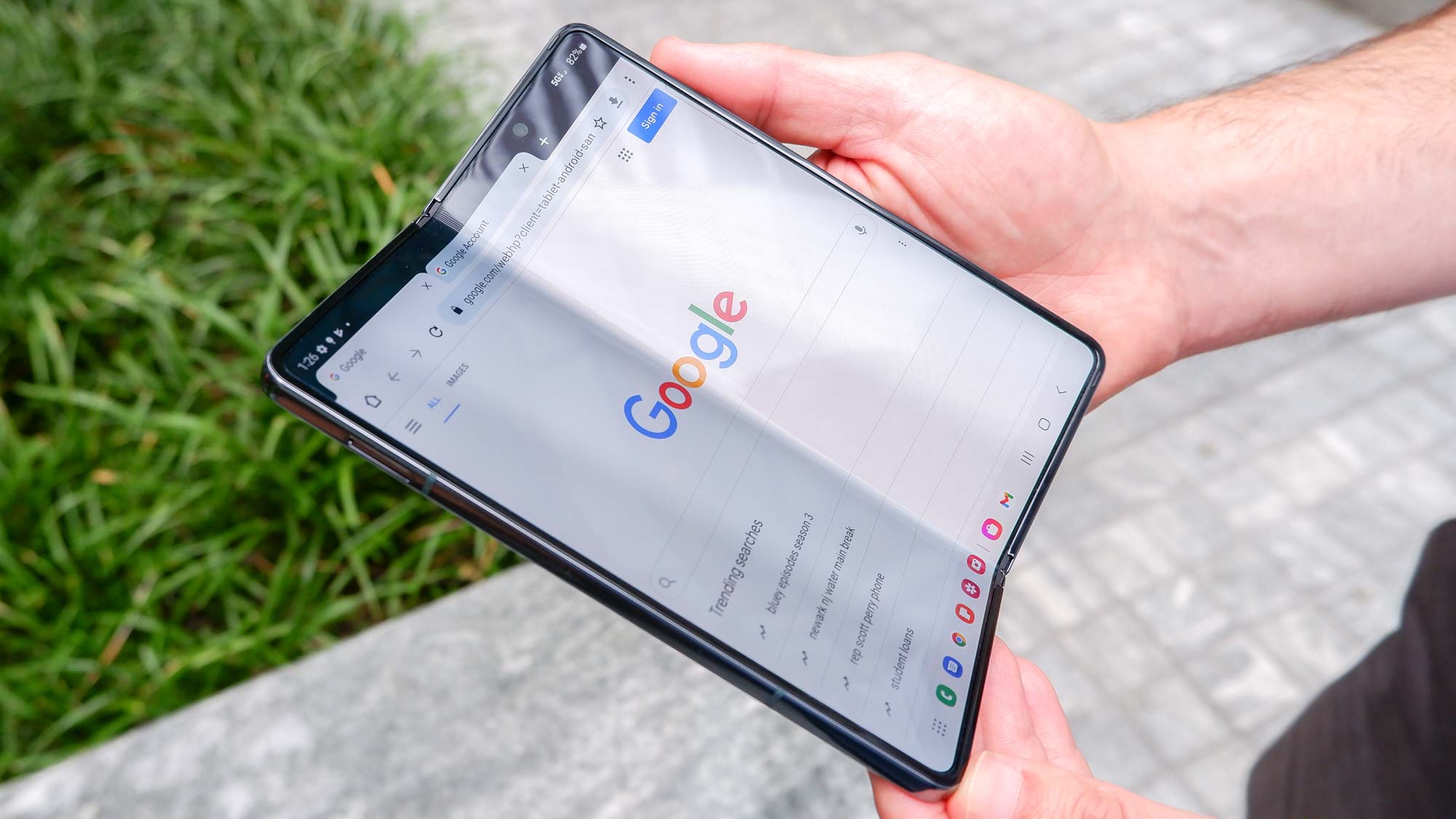iPhone Fold will be 'first truly crease-free foldable phone', according to supplier
That familiar unsightly crease may have been eliminated, a new report suggests.

Foldable phones have come a long way in the six years since the original Samsung Galaxy Fold had its extremely bumpy launch. Reliability is now largely guaranteed, they’re thinner than ever and, in the case of flip-style folding phones, prices are becoming competitive.
But there’s one design quirk that manufacturers have yet to satisfactorily deal with: the crease. The repeated bending of flexible screens leads to a noticeable crease when the phones are in their open state. For people used to the smooth flat screens of traditional phones, it can be a little unsettling.
It’s previously been reported that Apple is making it its mission to eliminate the crease completely with its upcoming iPhone Fold, and a new report out of Taiwan suggests it may just have met its goal.
Reporting on “supply chain sources”, UDN claims that Apple and its suppliers have succeeded in their goal and that the upcoming iPhone is set to be the “first truly crease-free foldable phone on the market”.
While the words quoted above are Google Translate’s take on the original Chinese text, the result is pretty unambiguous. The crease isn’t merely lessened, but eliminated entirely, if UDN’s sources aren’t overhyping the development.

The piece goes on to loosely explain how the “breakthrough” has been achieved. While the iPhone Fold is still using a Samsung screen, the “panel structure, material processing and lamination method are all designed by Apple”.
It goes on to explain that the “key component bearing” is a joint creation from Apple, Shin Zu Shing and Amphenol. “When the panel and bearing are integrated, the permanent crease in the middle of the screen that appears in traditional foldable phones can be avoided,” the piece says.
Get instant access to breaking news, the hottest reviews, great deals and helpful tips.
The partners were reportedly picked for their experience with “high-strength hinge components made of liquid metal”. The piece speculates that the material’s toughness could improve durability, while still providing a “delicate feel” when using the handset.
The report adds that the iPhone Fold is out of the experimental stage and into the engineering verification and pre-mass production process. That usually involves around 100 units, and suggests that Apple’s first foldable is on target for its anticipated September 2026 release.
There’s nothing unusual about Apple releasing iPhones in September, given that’s been the schedule for over a decade (excluding the iPhone 12, which slipped a month due to Covid). But this time, things could be a little different with Apple reportedly only planning an event for the iPhone 18 Pro models and iPhone Fold. The regular iPhone 18, meanwhile, will apparently be pushed back to the following spring, relegated to parity with the lower-cost iPhone 18e.
It’s a strange strategy, but may be designed to avoid highlighting the anticipated huge difference of MSRP. The iPhone Fold is, after all, rumored to be as much as $2,399 — around the price of three iPhone 17 handsets.

Follow Tom's Guide on Google News and add us as a preferred source to get our up-to-date news, analysis, and reviews in your feeds.
Freelance contributor Alan has been writing about tech for over a decade, covering phones, drones and everything in between. Previously Deputy Editor of tech site Alphr, his words are found all over the web and in the occasional magazine too. When not weighing up the pros and cons of the latest smartwatch, you'll probably find him tackling his ever-growing games backlog. He also handles all the Wordle coverage on Tom's Guide and has been playing the addictive NYT game for the last several years in an effort to keep his streak forever intact.
You must confirm your public display name before commenting
Please logout and then login again, you will then be prompted to enter your display name.

